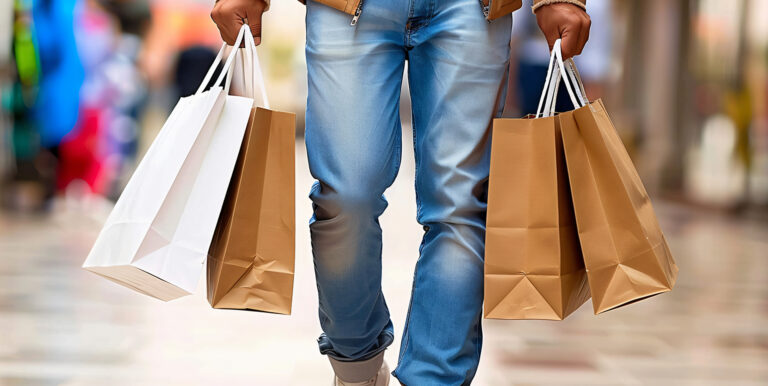As rapid solutions reshape beauty standards, Tanya Malik of Quantum raises critical questions about whether brands are truly prepared for the profound shift in consumer expectations and how they plan to adapt to this evolving landscape.
The evolution of beauty and fashion has always been intertwined, with both reflecting broader cultural and historical trends. Beauty ideals have shifted significantly throughout history, from the symmetry valued in ancient Egypt to the athleticism celebrated in ancient Greece, and from the modesty of Christian traditions to the fuller figures of the Renaissance.
The forces driving these changes are diverse, ranging from colonial notions of whiteness to gender dynamics post-Great War. After World War II, a return to traditional femininity emerged, only to be followed by countercultural movements, the rise of consumerism, and various beauty trends over the decades.
Today, global influencers are advocating for inclusivity and diversity in beauty standards. However, there is an ongoing tension between influential personalities and their audiences, with power dynamics shifting due to increased access to platforms. Beauty ideals, particularly for women, remain in flux, with trends often focusing on physical attributes such as lip size, body shape, and facial symmetry. The proliferation of beauty products from skincare serums to trendy fashion items reflects a demand-driven market heavily influenced by what is visible and accessible online.
In recent years, the pursuit of beauty has evolved into a more personal journey, with individuals increasingly taking extreme measures to alter their appearance. The motivations behind this often stem from feelings of insecurity and the desire for societal recognition. As advancements in bio-physiology make drastic physical changes more attainable, personal control over one’s body has become a growing priority. What was once achieved through hard work is now often sought through quick, permanent solutions, such as cosmetic surgeries and long-lasting treatments.
Products like Ozempic, which suppress hunger, and medical procedures such as gastric sleeve surgeries are part of this growing trend toward quick-fix solutions. However, these interventions, while effective, often require ongoing maintenance, creating a cycle of satisfaction and dissatisfaction for consumers. The focus has shifted away from the process of achieving beauty to the end result, regardless of how it was attained.
Brands and marketers must be aware of the shifting landscape, where efficacy is paramount, and consumers expect tangible results. The popularity of products like Ozempic has been fueled by visible outcomes, often promoted through digital marketing and celebrity endorsements. The demand for these products is high, despite the risks associated with their use, as consumers prioritize immediate results over potential long-term consequences.
Beauty brands must also address the side effects associated with these treatments, including increased signs of ageing. As a result, demand for anti-ageing products, such as skin-tightening treatments and makeup that enhances a more sculpted appearance, is expected to grow. This convergence of the beauty and medical industries is reshaping consumer expectations, with clinically-backed products becoming essential for brands to remain relevant.
As beauty standards continue to evolve, the focus is shifting toward holistic well-being rather than solely reversing the effects of aging. Brands will need to promote products that empower consumers to feel their best at every stage of life, balancing the pursuit of youthfulness with an emphasis on overall vitality and wellness.










